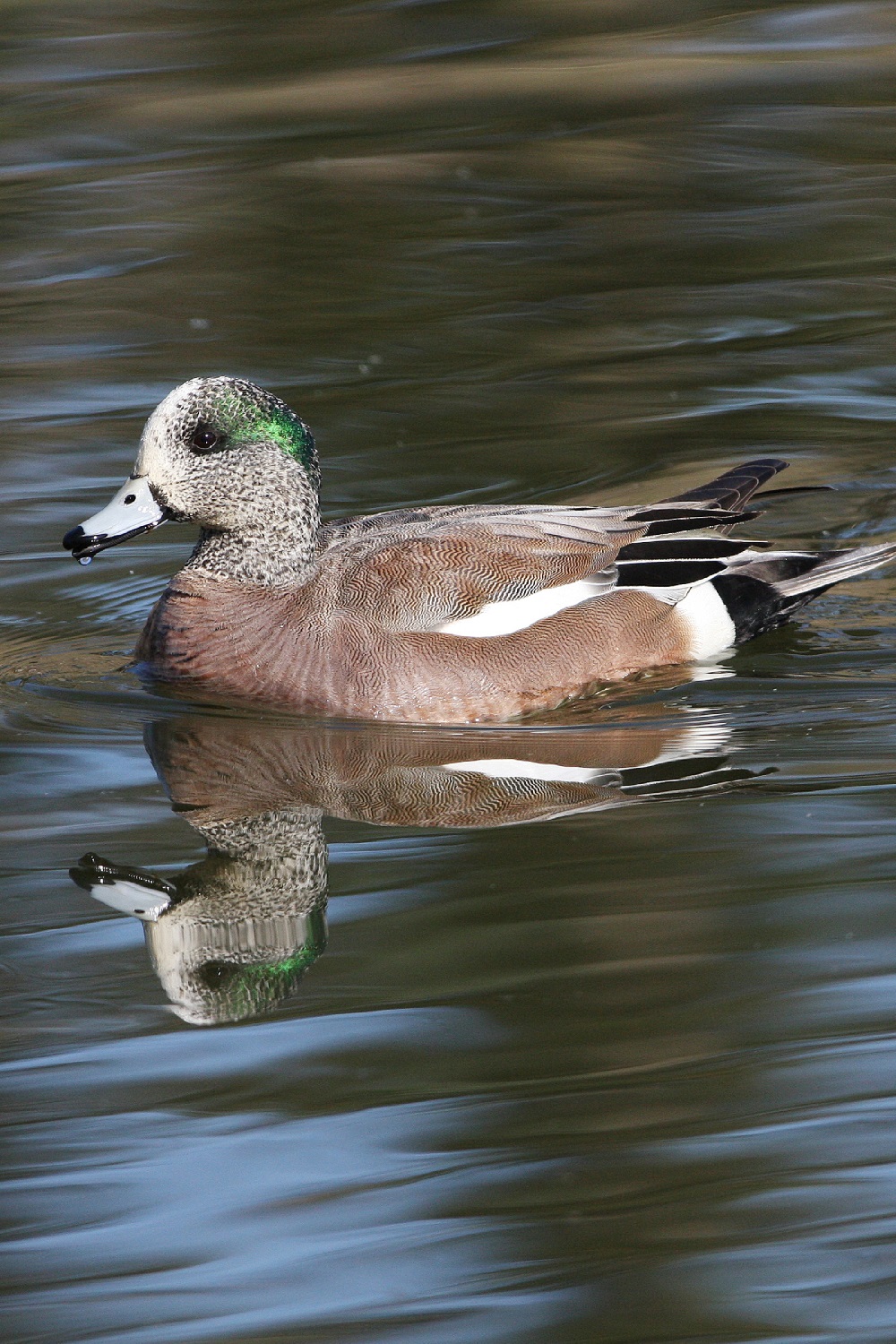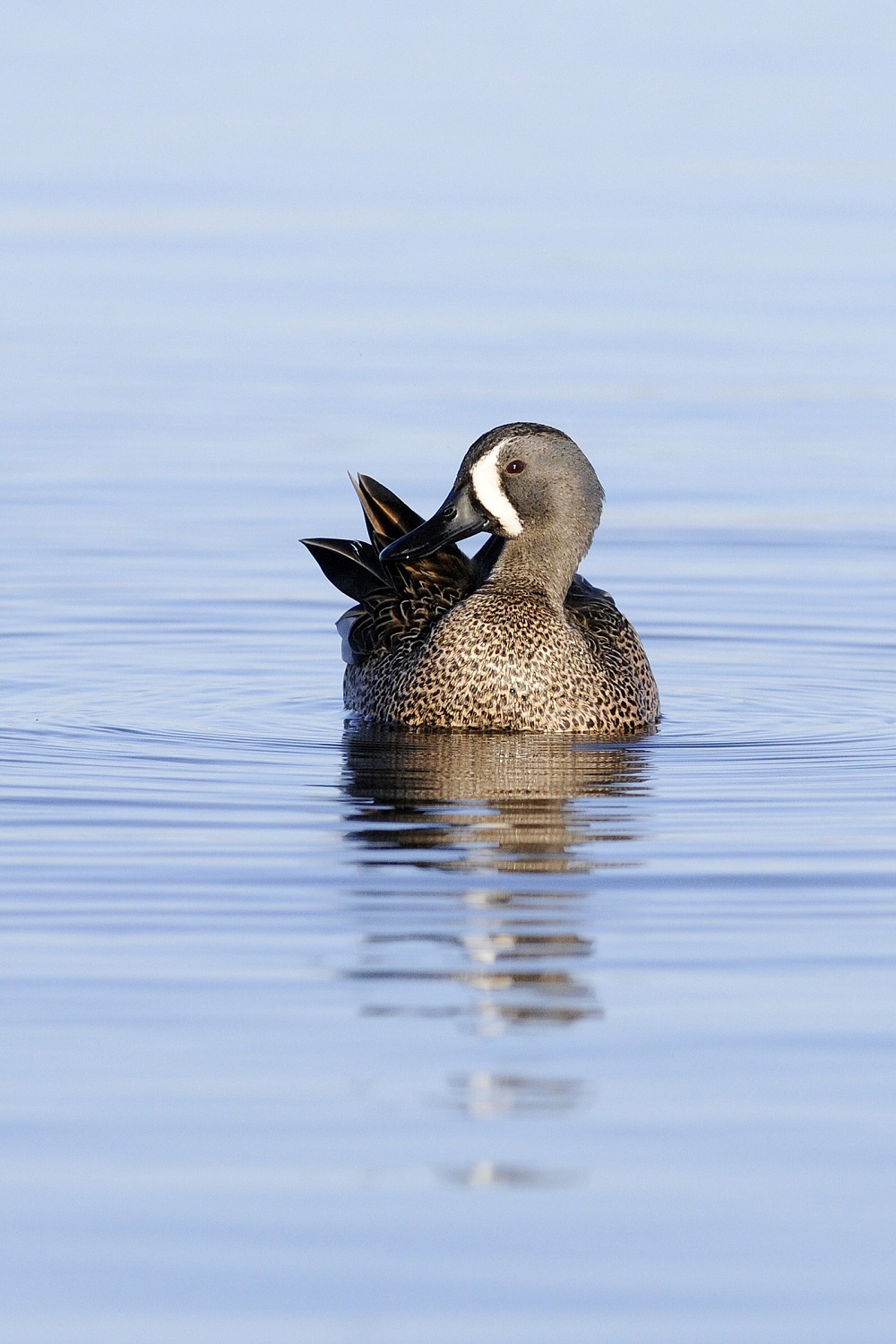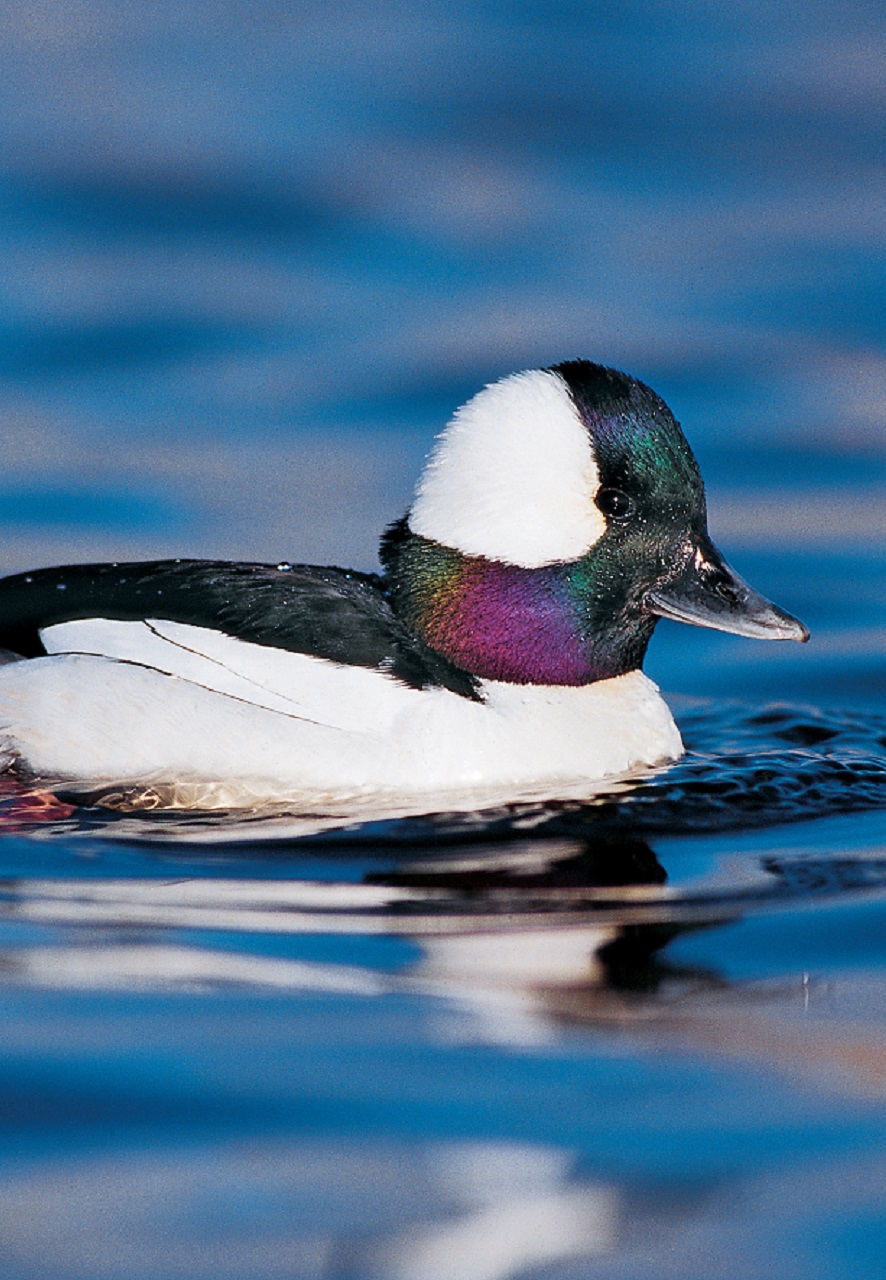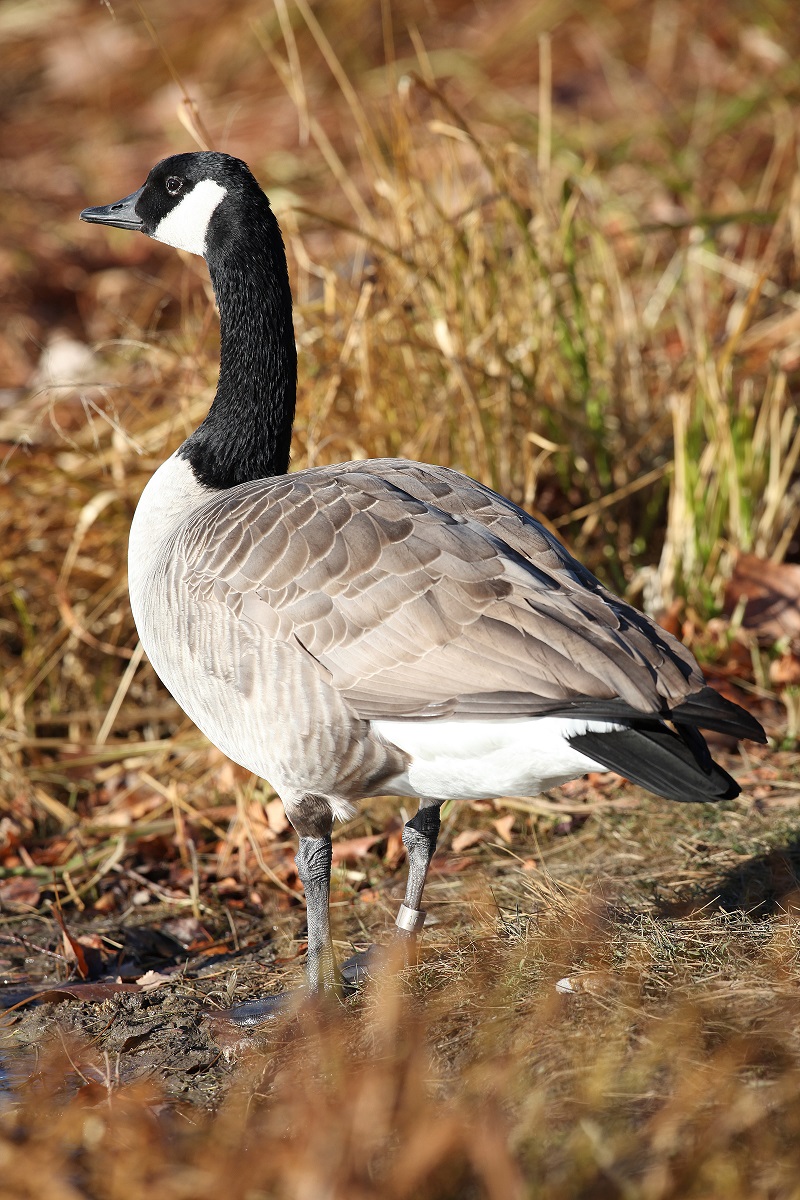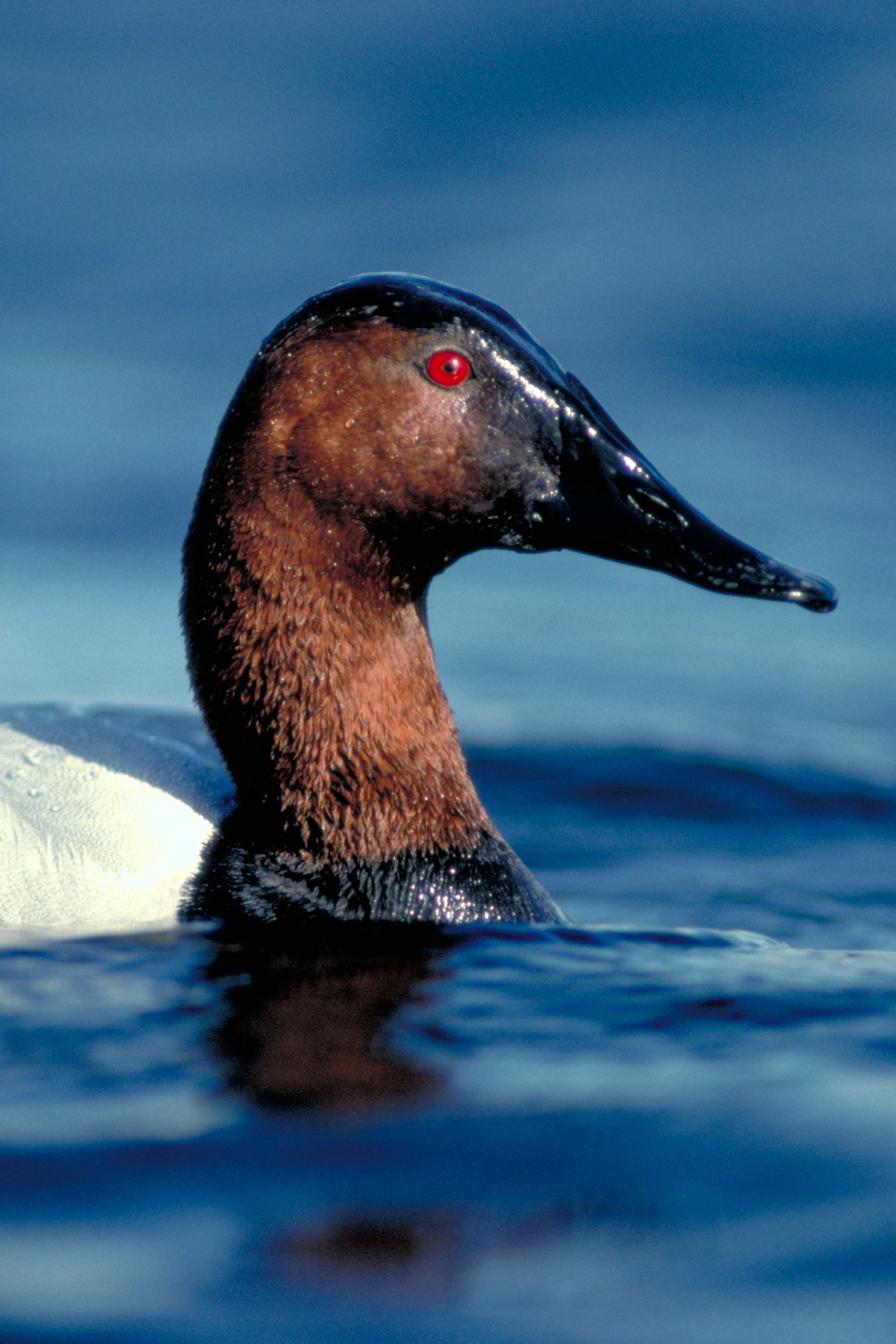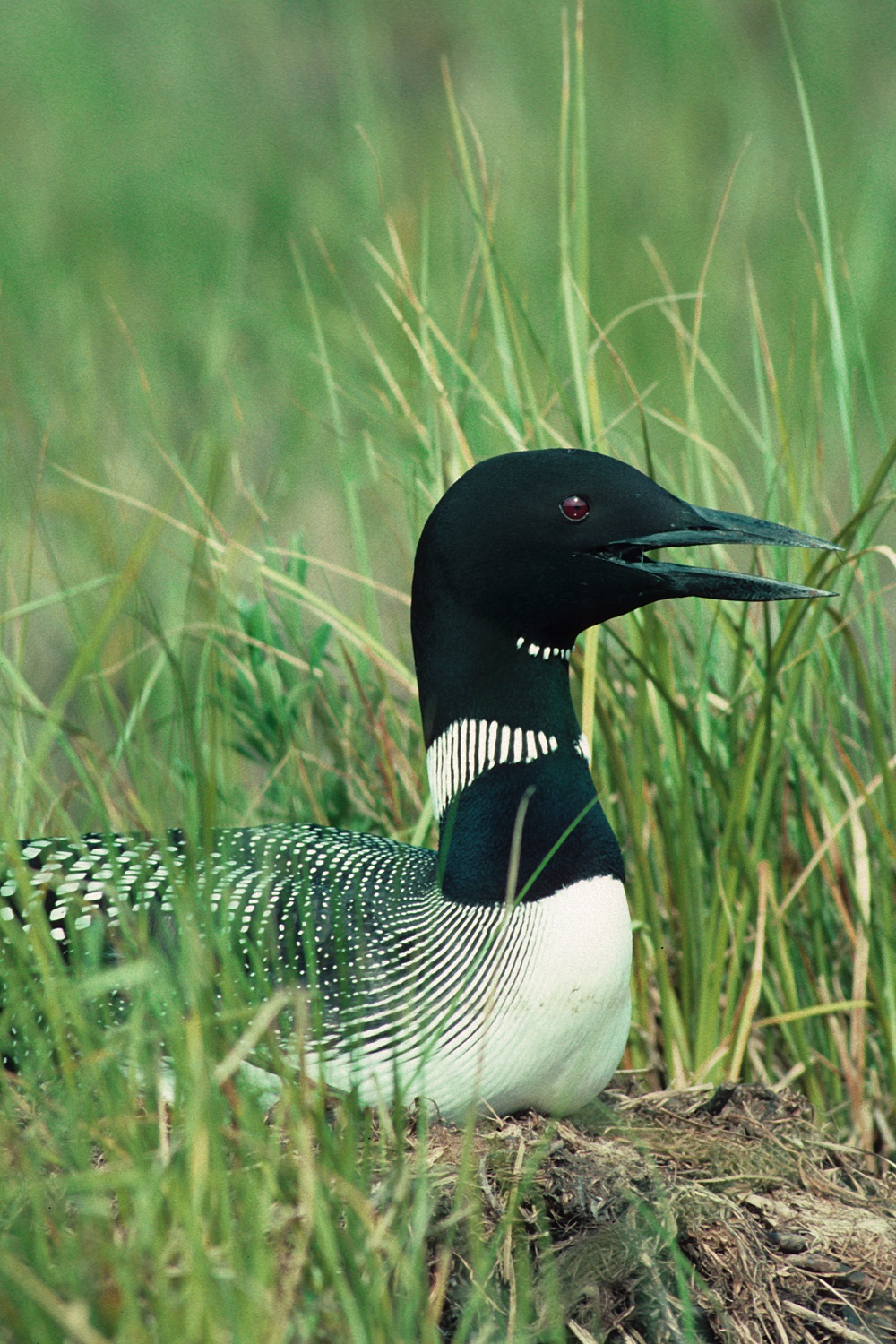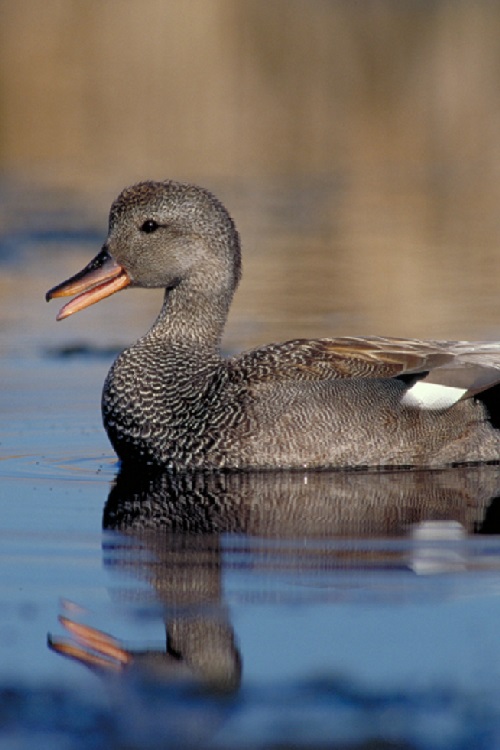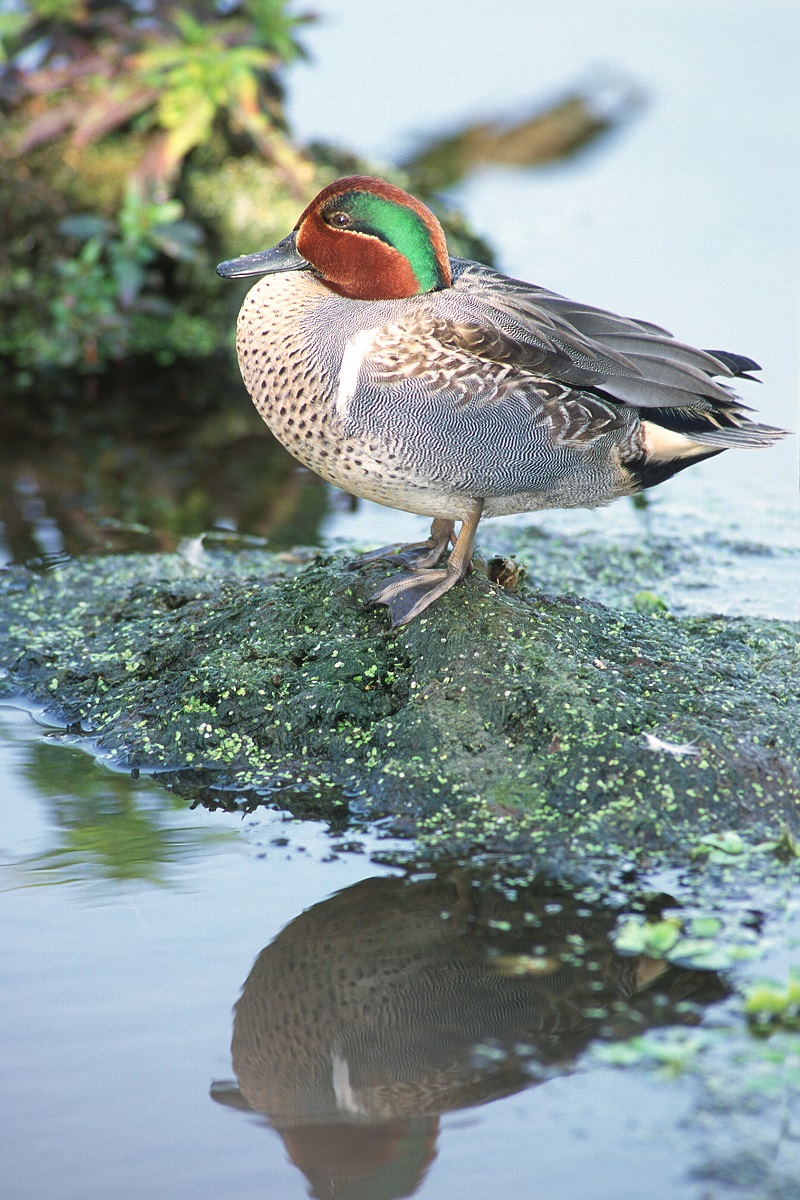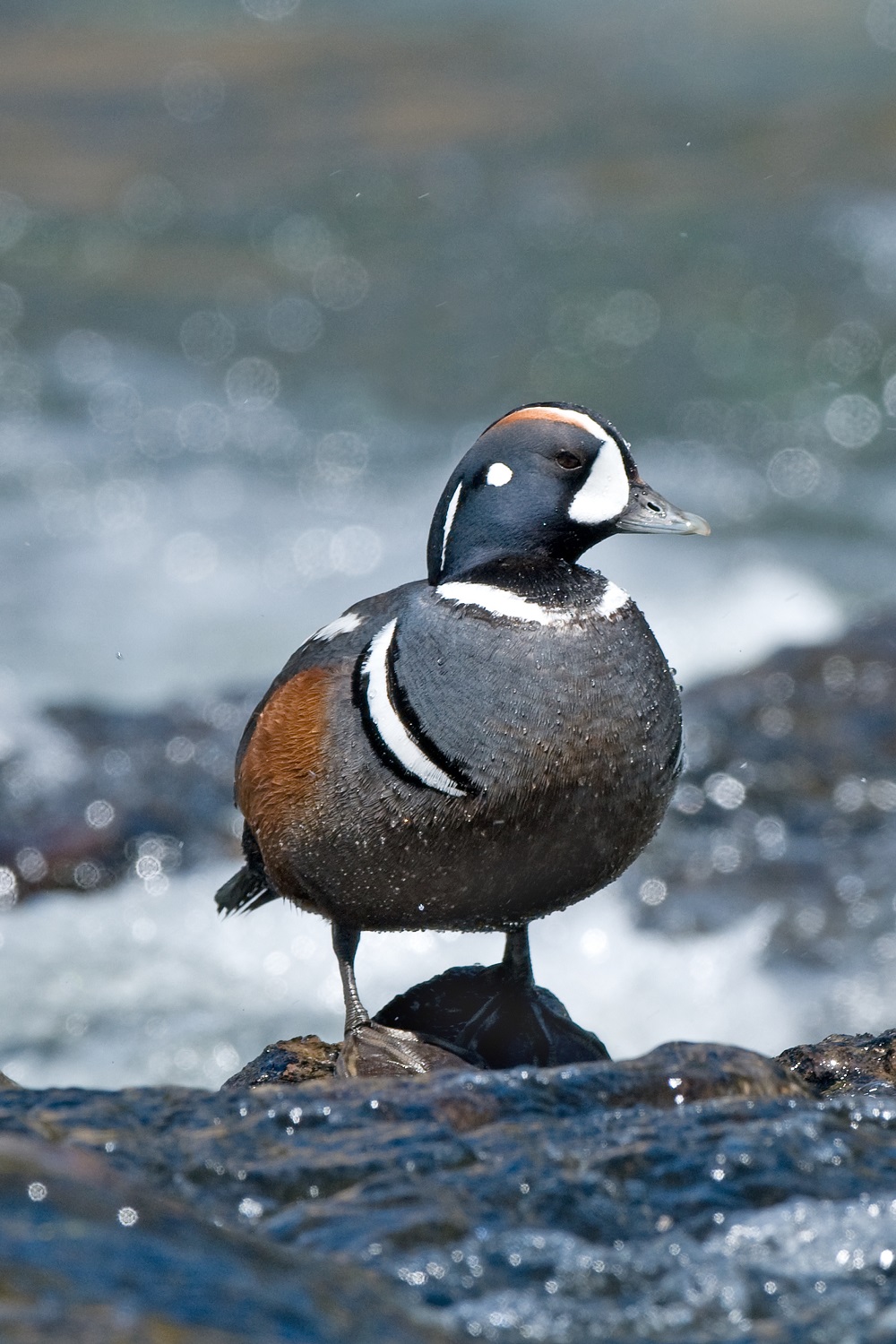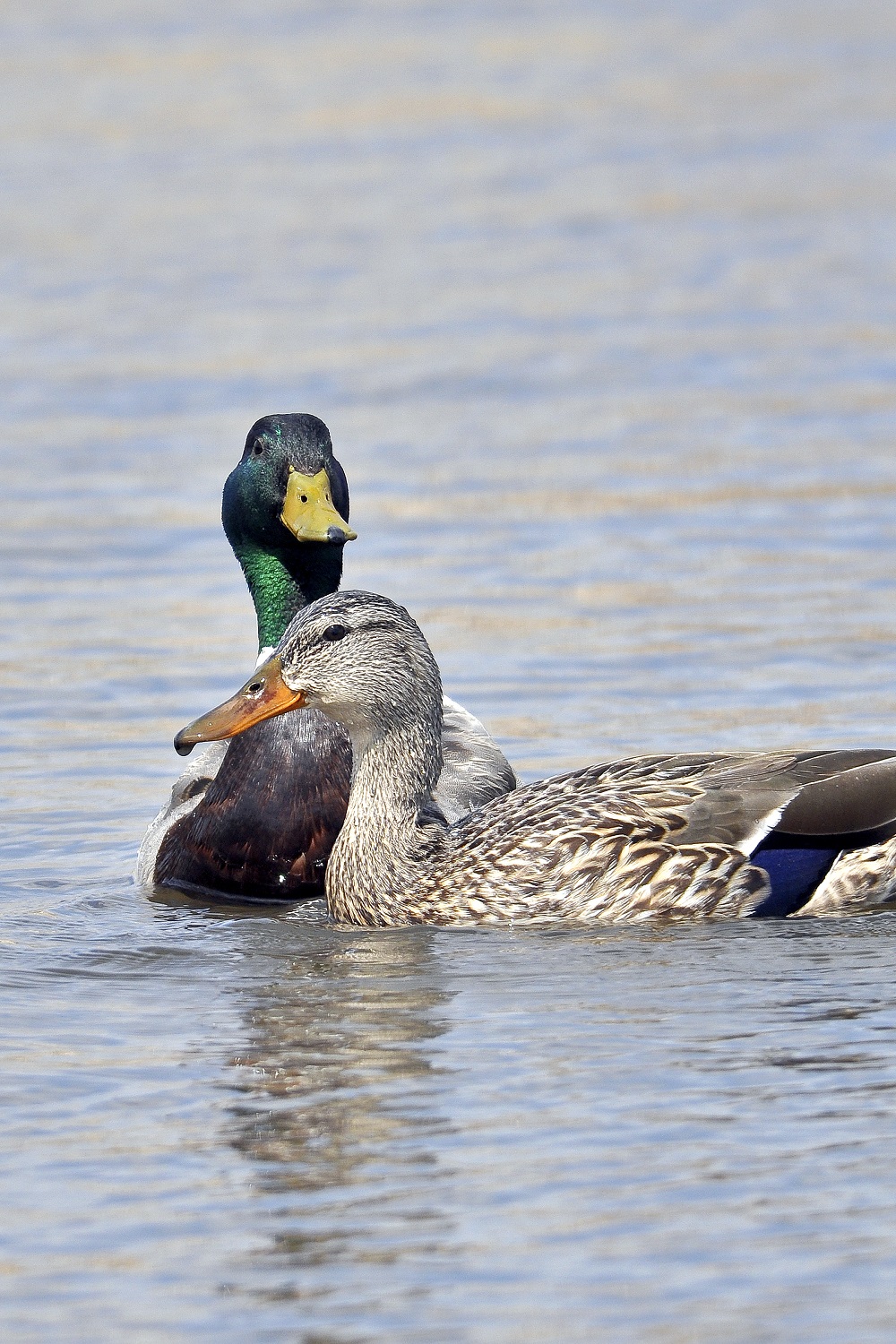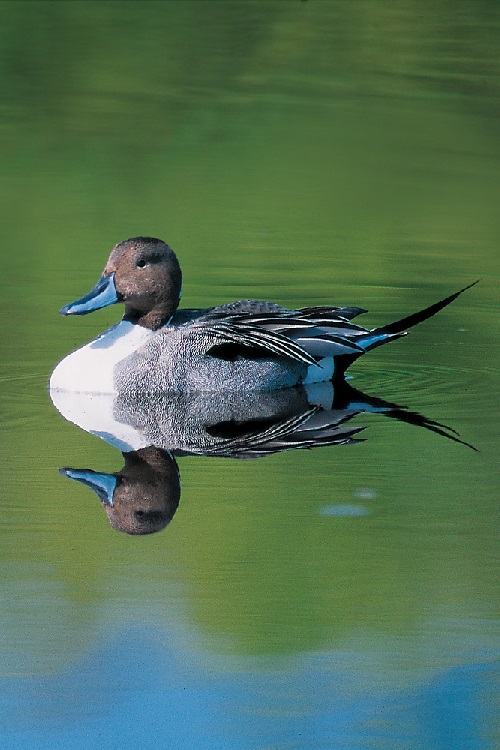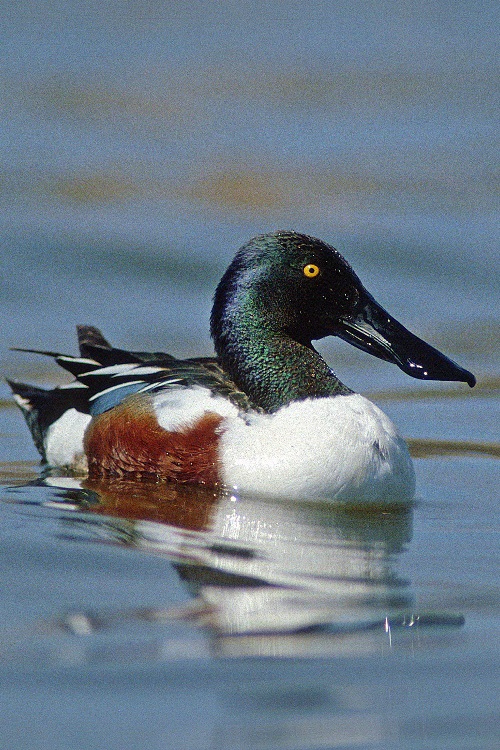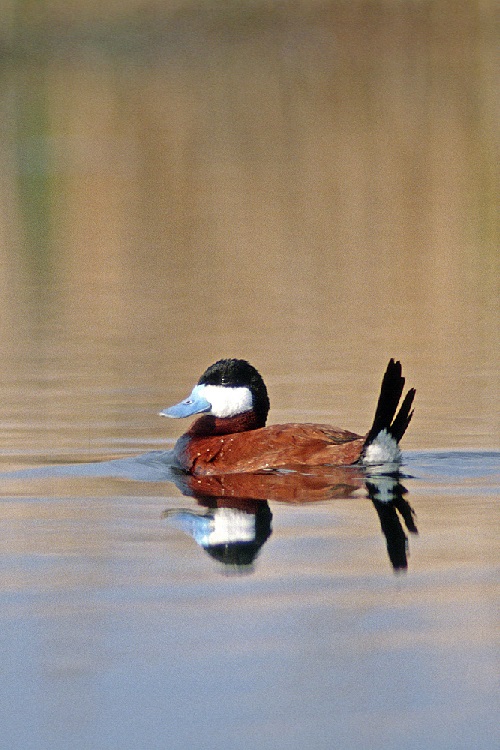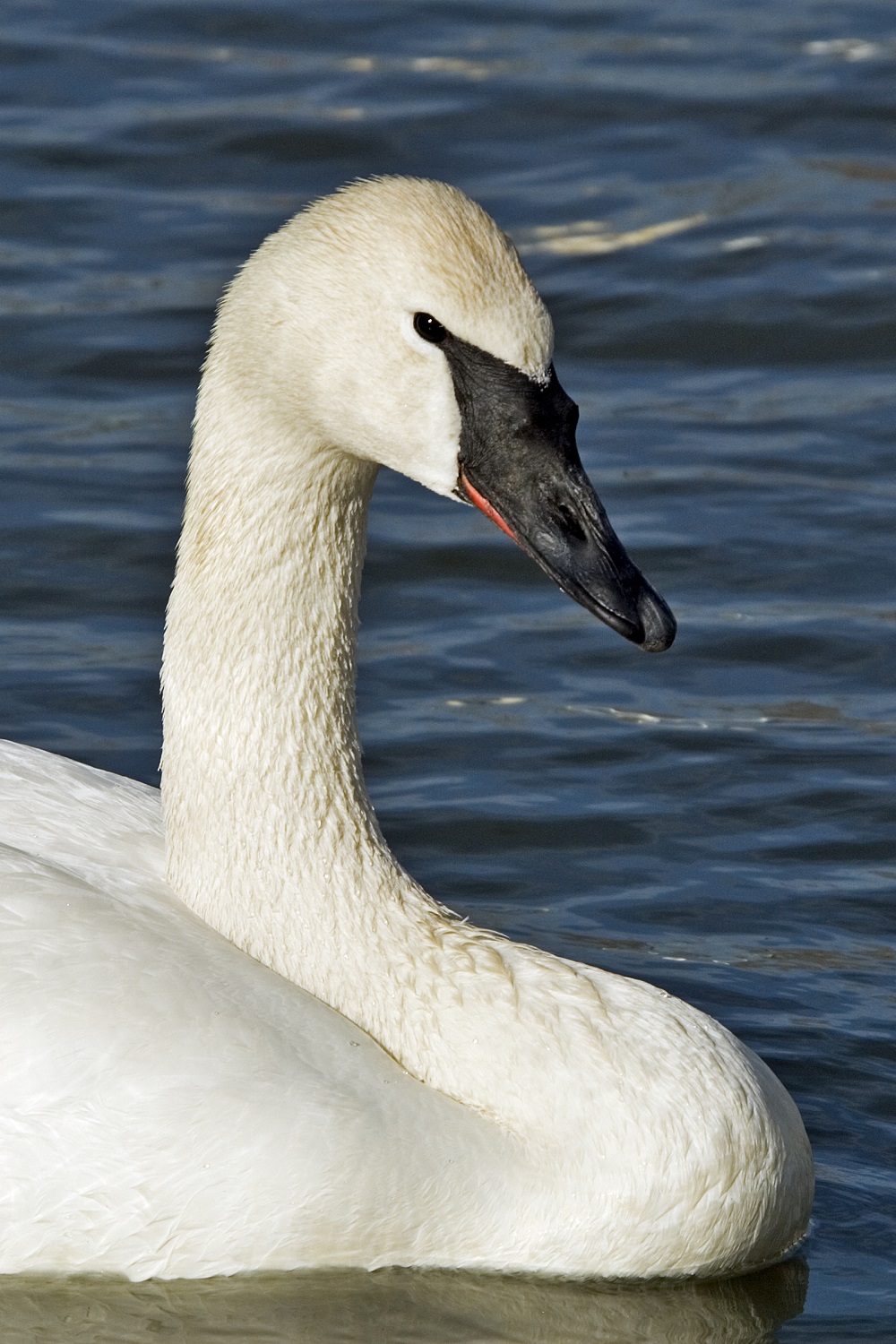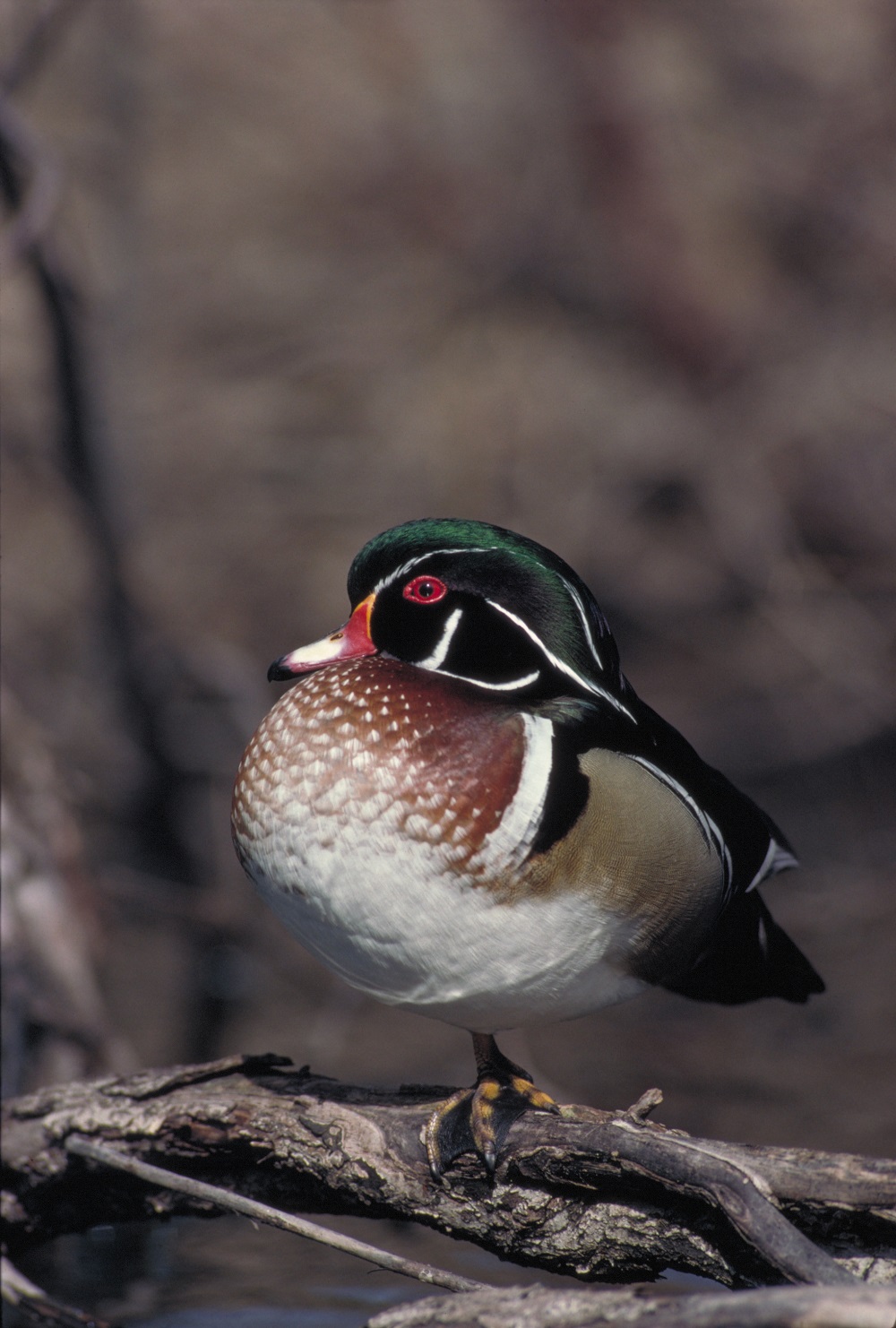Migration season provides some of the best bird watching opportunities, particularly for waterfowl. Heading out with your binoculars can be a lot of fun – especially when you can spot a few characters in the crowd. The shy ruddy duck who conceals itself in cattails…the fast-flying canvasback… or the boisterous Canada goose.
Waterfowl identification may seem overwhelming as first. But, if you keep an eye out for some key clues, you’ll be picking out different species in no time.
The biggest distinction in the duck world is between divers and dabblers. Here are a few tips for identifying some common species within these categories:
Watch what it does when it eats
Dabbling ducks go “bottoms up” when feeding. Diving ducks “take the plunge” by diving below the water’s surface.
Watch how it takes off
Dabblers fly straight up off the water. Divers patter across the water picking up speed before becoming airborne.
Look at the surroundings
Habitat is a key piece of identification. Dabbling ducks are most often found in shallow water around the edges of wetlands. Divers prefer deeper water like in the middle of large wetlands or on lakes and rivers.
Examine its colour and plumage
Does it have a tuft of feathers on its head? What colour are its wingpatches, cap, head, breast, belly, back and tail? How about its eyes, bill or feet? Generally, it’s the male (drake) that has the colourful plumage. Females have duller, drabber appearances to keep them safe on the nest. This can make them more challenging to identify.
Once you get the knack for spotting some of these waterfowl characteristics, you’ll begin to pick up on other differences in size, shape, wingbeat, voice and more.

